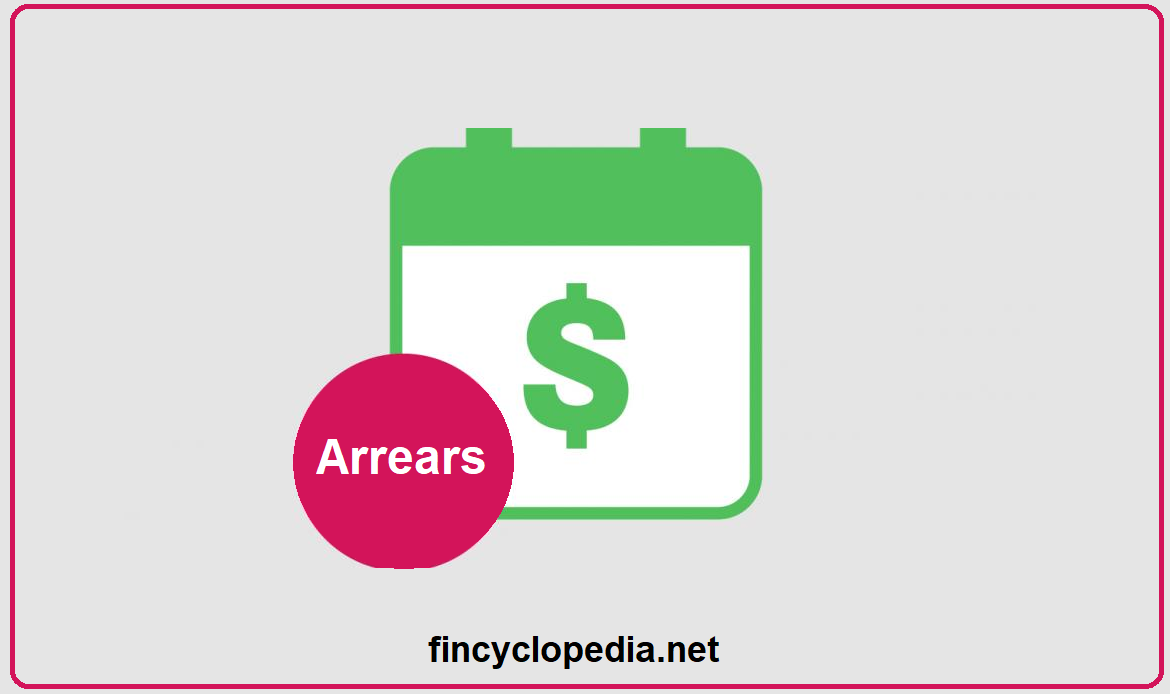All past unpaid dividends on preferred stock containing a cumulative dividend feature. That means dividend payments on cumulative preferred stock that have been not made by a company. Common stockholders receive no dividends unless accumulated dividends are brought up to date. Regardless of who held the stock when the dividend was passed, current holders of preferred stock will be given precedence over common stockholders should a company contemplate paying any accumulated dividends. However, because these unpaid dividends do not have to be paid unless dividends are declared in the future, accumulated dividends are not considered actual liabilities and thus are not shown in the accounts. This is because no liability exists until the board of directors declares a dividend.
For example, assume that company XYZ has 10,000 shares of 6%, $100 par value, cumulative preferred stock outstanding. Also, dividends have accumulated for two years. The annual dividend is, therefore:
Annual dividends = number of shares outstanding × dividends per share
Annual dividends = 10,000 × 6 = 60,000
Accumulated dividends = annual dividends × number of years in arrears
Accumulated dividends = 60,000 × 2 = 120,000
| Accumulated dividends | 120,000 |
| Current dividends | 60,000 |
| Total preferred dividends | 180,000 |
Accumulated dividends don’t earn interest and thus don’t grow in a compound interest convention; they only accumulate from additional nonpayments of the preferred dividend. Furthermore, many preferred stocks accrue unpaid dividends for only a limited number of years (such as 3, 5, etc), but those unpaid dividends remain due until they are paid.
Accumulated dividends are also known as dividends in arrears or arrearages.





